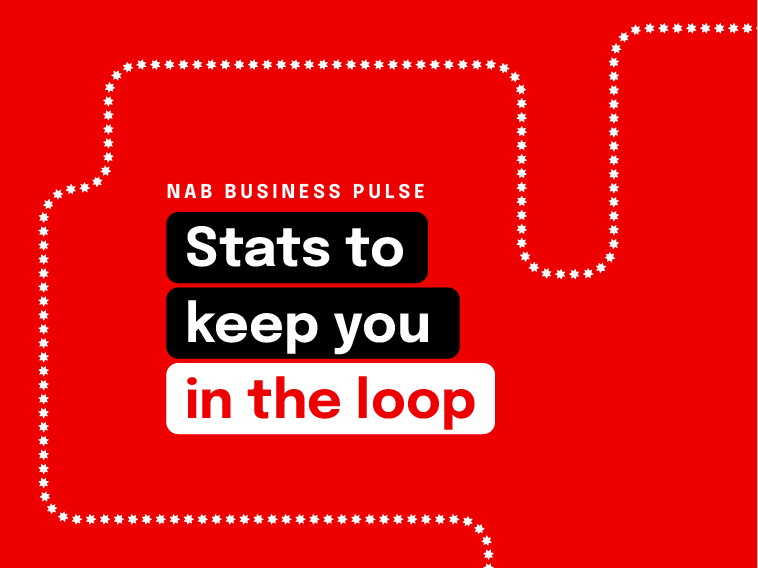The good news is business conditions are up again. So, what’s driving them? We put you in the know.

Article
Established as a sideline venture 14 years ago, upmarket Melbourne bicycle accessories range Knog has hit a sweet spot with style-conscious cyclists around the world.
Founded by Malcolm McKechnie and Hugo Davidson to fill the quiet times at their industrial design consultancy Catalyst, Knog has morphed into a $15 million business, with customers from Tokyo to Toronto.
Best known for its high-quality bike lights and locks, the company also produces an extensive range of cycling gear and gadgets, including clothing, gloves and tools. Its products are sold online and in bike shops and sports stores in more than 50 countries.
It’s been an extraordinarily successful evolution for a venture that began with two aims: to establish a stable revenue stream for Catalyst, and to reduce the downtime of its design team.
“What we found with designing products for other people is that it’s a boom and bust industry – either you’re very busy, or you’re looking for work,” says Davidson. “The beauty of developing and designing your own products is that you can have a bit more certainty. Within the first couple of years, we found that the revenue and the excitement of running Knog eclipsed [Catalyst], but we’ve maintained both.”
When the partners were casting about for a sector in which they could make their mark, Davidson’s designer eye was quick to clock the cycling accessories market’s potential for development.
“The categories we looked at were dominated by generic imported products – badly designed, cheap, nasty products,” he says. “We felt that with the number of very expensive road bikes and mountain bikes appearing on the road, this was an area which was underdeveloped, so we thought we could make a difference. And that [became] our catch cry – the idea that if we couldn’t make a difference to the product that we designed, we wouldn’t bother designing it.”
Knog avoids the hard plastic used by other manufacturers in favour of more durable and attractive alternatives such as silicon and aluminium. Accessories are produced in a rainbow of colour choices as well as the traditional silver and black.
“We’ve led the bike industry from a design perspective – or at least been at the forefront – for most of the period we’ve been working,” Davidson says.
Knog has been a NAB Business customer since 2012, and access to a range of NAB advisers and services has helped the firm to manage some of the challenges commonly experienced by small enterprises during periods of fast growth.
“We’ve found that the ability to move forward and be more aggressive with our business has been a measure of NAB’s involvement,” Davidson says. “It’s been a fundamental part of how we’ve managed to continue to grow. The flexibility of their business banking practices, and the contact with a whole range of people to do with foreign exchange and online services and even new media technologies, has been fantastic.”
Knog’s latest contribution to the design frontier is an overhaul of the humble bicycle bell – a staple of every cyclist’s kit since pioneering penny-farthing pedallers took to the road more than 100 years ago.
The company’s variation on the theme, the Oi Bell, is an elegant arc that appears to hover around the handlebars rather than protruding from them.
“When we were looking at new products that we could start to work on, the bell was a great opportunity, because there’s something lovely about the simplicity of a bicycle bell,” Davidson says.
“If you can make a change to the iconic shape or look of a product that’s been around since 1887, and that change enhances the product, then that’s probably every industrial designer’s dream. That was the challenge we set ourselves.”
Knog took the unusual step of launching its Oi Bell through a Kickstarter crowdfunding campaign in March, more as an exercise in market awareness than because the firm needed the target funds of $20,000 to bring its design into being.
It’s safe to say that the product rang the bell of many in its target market, raising more than $1 million so far.
“It’s allowed us to gauge the popularity of a product in a category we haven’t worked in before,” Davidson says.
This article was first published in Business View magazine (Issue 21).
More from NAB:
© National Australia Bank Limited. ABN 12 004 044 937 AFSL and Australian Credit Licence 230686.